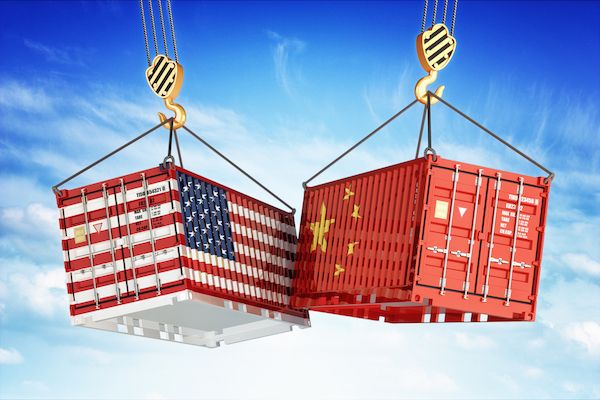The U.S.–China trade war did not generate the jobs promised by former President Donald Trump, according to an analysis published by the National Bureau of Economic Research (NBER).
Instead, that trade war did generate political dividends for the Republican Party.
Entitled «Help for the heartland? The employment and electoral effects of the Trump tariffs in the United States«, the analysis was conducted by economists David Autor, Anne Beck, David Dorn and Gordon Hanson.
These four economists studied the economic and political consequences of the 2018-2019 trade war between the United States, China, and other U.S. trading partners at a detailed geographic level, exploiting measures of local exposure to U.S. import tariffs, foreign retaliatory tariffs, and U.S. compensation programs.
What were their conclusions? To date, the trade war has provided no economic help to the U.S. heartland: import tariffs on foreign goods neither increased nor reduced U.S. employment in newly protected sectors; retaliatory tariffs had clear negative impacts on employment, primarily in agriculture; and these damages were mitigated only in part by U.S. countervailing agricultural subsidies.
Trade War
Consistent with expressive views of politics, the tariff war nonetheless appears to have been a political success for the governing Republican Party.
Residents of regions most exposed to import tariffs were less likely to identify as Democrats, more likely to vote to re-elect Trump in 2020, and more likely to elect Republicans to Congress.
For their part, retaliatory foreign tariffs only modestly weakened that support.
Background
Two decades after establishing Permanent Normal Trade Relations with China and facilitating the country’s accession to the World Trade Organization, the United States imposed substantial tariffs on Chinese imports and selective goods from other countries in 2018.
This protectionist turn in U.S. trade policy set in motion a trade war that comprised successive rounds of tariff increases on U.S. imports, retaliatory foreign tariffs, and U.S. subsidies to affected sectors.
The stated goal of the Trump administration’s trade policy was to «bring jobs back to America.» A secondary objective of the policy was presumably to generate political support in places affected by trade with China.

